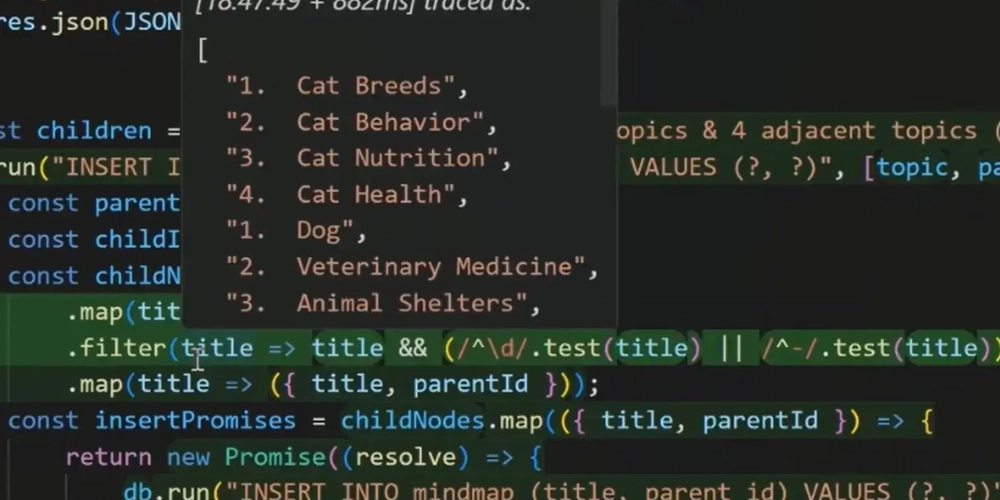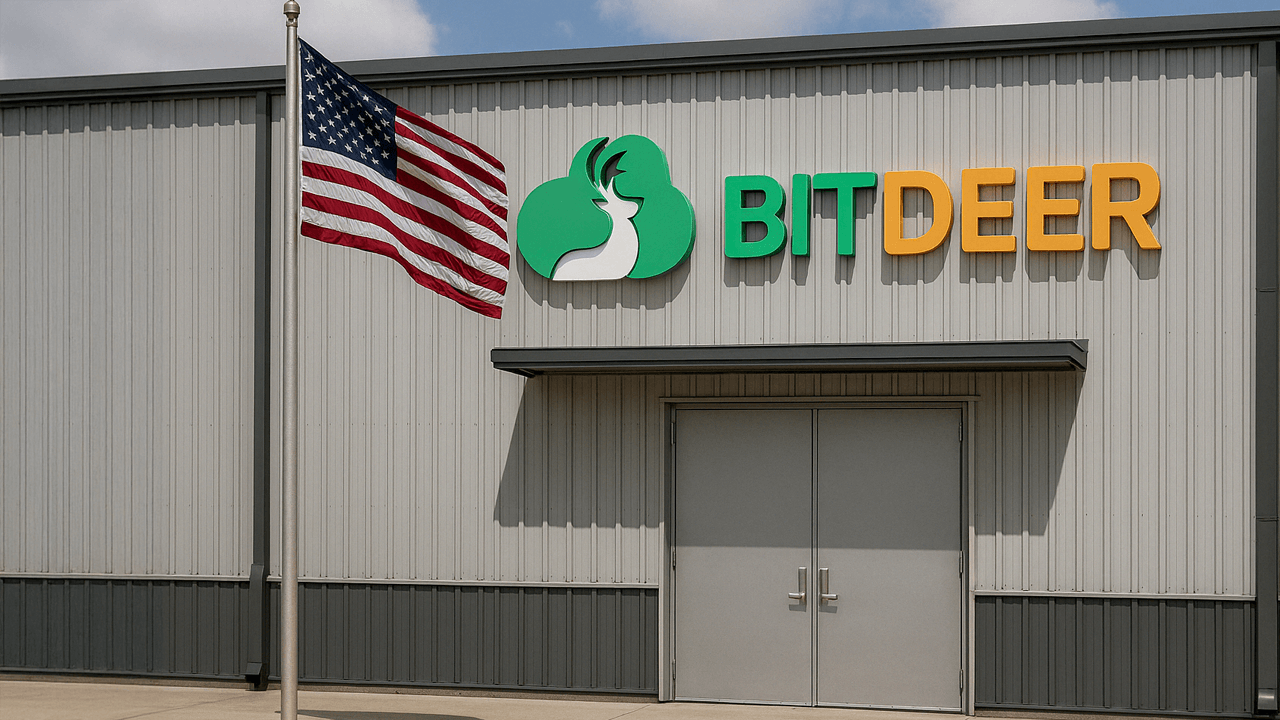The Florida housing market is so weak that this giant builder is cutting prices
The 2025 spring housing market is off to a slower than normal start for homebuilders. That’s what KB Home—a giant homebuilder ranked No. 545 on the Fortune 1000—told investors last month, echoing a similar sentiment shared by the even larger homebuilder Lennar earlier in the month. “Demand at the start of this spring’s selling season was more muted than what we have seen historically, despite a healthy level of traffic in our communities,” wrote Jeffrey Mezger, CEO of KB Home, in their earnings report. “Demand at the start of this spring’s selling season was more muted than what we have seen historically, despite a healthy level of traffic in our communities. In mid-February, we took steps to reposition our communities to offer the most compelling value, and buyers responded favorably to these adjustments.” Below are six big takeaways from KB Home’s earnings. 1. KB Home made bigger affordability adjustments in some Sun Belt markets heading into spring 2025 When and where needed, giant publicly-traded homebuilders are making affordability adjustments to maintain home sales pace. Sometimes that means bigger incentives like mortgage rate buydowns. And other times it means outright price cuts. Given market softness, KB Home had to do just that over the past quarter in some markets. “We thoughtfully and selectively adjusted pricing as needed on a community by community basis to stimulate demand and achieve a higher selling pace,” KB Home Chief Operating Officer Rob McGibney told investors on the company’s recent earnings call. “While base price is the main motivator for our customers, we also provided mortgage related support to our buyers as needed.” McGibney added that: “Consumers responded to these adjustments. We believe we have found the market.” In Q1 2025, KB Home reported an average sales price of $500,700. For the full 2025 fiscal year, the homebuilder told investors it expected its average sales price to fall between $480,000 and $495,000. 2. KB Home is seeing the greatest weakness in Florida On KB Home’s latest earnings call, COO McGibney pointed to Florida as the homebuilder’s softest-performing state in the first quarter—prompting the company to cut net effective home prices to better align with local market conditions. “In broad terms, Florida was our softest state in terms of sales demand in the first quarter,” McGibney said. “Because of that, we took the most pricing action there to find the market.” He noted that most affordability adjustments or price cuts KB Home had to do range from $5,000 to $30,000 per home. However, it “had to do more in Florida to find that market.” Jacksonville, in particular, has been a focal point. McGibney said the metro is sitting at about seven months of housing supply—above the historical norm—driving the builder to make deeper price adjustments. “One positive that we see in that [Jacksonville] market is it [inventory] is [now] getting absorbed. So you’ve got days on market actually down year-over-year despite that higher supply, but it’s likely because pricing has moved [down]. So we’re seeing that [Jacksonville] market react,” McGibney said. McGibney added that the company has also seen weakness in its Orlando and Tampa communities. 3. Las Vegas is KB Home’s “strongest” performer “Our Las Vegas business is one of our largest and strongest performers, having consistently generated the highest gross margins and profitability in the company,” CEO Mezger told investors. 4. Homebuilder profit margin compression continues During the pandemic housing boom, publicly-traded homebuilders achieved record profit margins as home prices soared and buyer demand ran red hot. Once the national housing demand boom fizzled out in the summer of 2022, many large homebuilders made affordability adjustments where and when needed to maintain their sales pace. That created margin compression. In recent quarters, margin compression has continued as homebuilders have turned again to affordability adjustments to move unsold completed inventory, which is on the rise. “Excluding inventory related charges, our housing gross profit margin was 20.3%, above the midpoint of our guidance for Q1 2025,” Bill Hollinger, KB Home Chief Accounting Officer, told investors. “For the year earlier quarter, it was 21.6%. We are forecasting housing gross profit margin for the 2025 Q2 in the range of 19.1% to 19.5% and for the full year [of 2025] in the range of 19.2% to 20%, assuming no inventory related charges.” Hollinger added that: “Our gross margin outlook for both periods reflects lower selling prices than we anticipated in January, reduced operating leverage on lower delivery volume, and the challenging operating environment.” 5. No impact from immigration policy changes—yet So far, neither Lennar or KB Home have seen “immigration policy changes” impact their businesses. “On the labor, I’d say outside of the

The 2025 spring housing market is off to a slower than normal start for homebuilders. That’s what KB Home—a giant homebuilder ranked No. 545 on the Fortune 1000—told investors last month, echoing a similar sentiment shared by the even larger homebuilder Lennar earlier in the month.
“Demand at the start of this spring’s selling season was more muted than what we have seen historically, despite a healthy level of traffic in our communities,” wrote Jeffrey Mezger, CEO of KB Home, in their earnings report. “Demand at the start of this spring’s selling season was more muted than what we have seen historically, despite a healthy level of traffic in our communities. In mid-February, we took steps to reposition our communities to offer the most compelling value, and buyers responded favorably to these adjustments.”
Below are six big takeaways from KB Home’s earnings.
1. KB Home made bigger affordability adjustments in some Sun Belt markets heading into spring 2025

When and where needed, giant publicly-traded homebuilders are making affordability adjustments to maintain home sales pace. Sometimes that means bigger incentives like mortgage rate buydowns. And other times it means outright price cuts.
Given market softness, KB Home had to do just that over the past quarter in some markets.
“We thoughtfully and selectively adjusted pricing as needed on a community by community basis to stimulate demand and achieve a higher selling pace,” KB Home Chief Operating Officer Rob McGibney told investors on the company’s recent earnings call. “While base price is the main motivator for our customers, we also provided mortgage related support to our buyers as needed.”
McGibney added that: “Consumers responded to these adjustments. We believe we have found the market.”
In Q1 2025, KB Home reported an average sales price of $500,700. For the full 2025 fiscal year, the homebuilder told investors it expected its average sales price to fall between $480,000 and $495,000.
2. KB Home is seeing the greatest weakness in Florida

On KB Home’s latest earnings call, COO McGibney pointed to Florida as the homebuilder’s softest-performing state in the first quarter—prompting the company to cut net effective home prices to better align with local market conditions.
“In broad terms, Florida was our softest state in terms of sales demand in the first quarter,” McGibney said. “Because of that, we took the most pricing action there to find the market.”
He noted that most affordability adjustments or price cuts KB Home had to do range from $5,000 to $30,000 per home. However, it “had to do more in Florida to find that market.”
Jacksonville, in particular, has been a focal point. McGibney said the metro is sitting at about seven months of housing supply—above the historical norm—driving the builder to make deeper price adjustments.
“One positive that we see in that [Jacksonville] market is it [inventory] is [now] getting absorbed. So you’ve got days on market actually down year-over-year despite that higher supply, but it’s likely because pricing has moved [down]. So we’re seeing that [Jacksonville] market react,” McGibney said.
McGibney added that the company has also seen weakness in its Orlando and Tampa communities.
3. Las Vegas is KB Home’s “strongest” performer
“Our Las Vegas business is one of our largest and strongest performers, having consistently generated the highest gross margins and profitability in the company,” CEO Mezger told investors.
4. Homebuilder profit margin compression continues

During the pandemic housing boom, publicly-traded homebuilders achieved record profit margins as home prices soared and buyer demand ran red hot. Once the national housing demand boom fizzled out in the summer of 2022, many large homebuilders made affordability adjustments where and when needed to maintain their sales pace. That created margin compression.
In recent quarters, margin compression has continued as homebuilders have turned again to affordability adjustments to move unsold completed inventory, which is on the rise.
“Excluding inventory related charges, our housing gross profit margin was 20.3%, above the midpoint of our guidance for Q1 2025,” Bill Hollinger, KB Home Chief Accounting Officer, told investors. “For the year earlier quarter, it was 21.6%. We are forecasting housing gross profit margin for the 2025 Q2 in the range of 19.1% to 19.5% and for the full year [of 2025] in the range of 19.2% to 20%, assuming no inventory related charges.”
Hollinger added that: “Our gross margin outlook for both periods reflects lower selling prices than we anticipated in January, reduced operating leverage on lower delivery volume, and the challenging operating environment.”
5. No impact from immigration policy changes—yet

So far, neither Lennar or KB Home have seen “immigration policy changes” impact their businesses.
“On the labor, I’d say outside of the normal things that we would deal with, outside of any kind of regulatory change or ICE or immigration policy changes, it’s really just been the same,” KB Home COO McGibney told investors. “We’ve seen nothing at all related to immigration. I mean, any kind of normal type labor shortage we might see on a day to day basis in a typical year may still be there, but nothing at all related to immigration policy [changes].”
6. KB Home is keeping an eye on tariffs
Both Lennar and KB Home told investors in late March that they weren’t yet seeing impacts from tariffs.
“I haven’t seen [impact from tariffs] . . . That may be something that’s coming down the road. We haven’t seen that yet. As to the lumber, we try to diversify on how we lock [in orders]. And we’ll have ninety days, maybe 100 and 120 on the long-term end,” COO McGibney told investors.
Note: Since KB Home made these comments, additional tariffs have been announced. ResiClub will continue to monitor homebuilder earnings calls to see if their tune changes this quarter.











































































































































































![[The AI Show Episode 144]: ChatGPT’s New Memory, Shopify CEO’s Leaked “AI First” Memo, Google Cloud Next Releases, o3 and o4-mini Coming Soon & Llama 4’s Rocky Launch](https://www.marketingaiinstitute.com/hubfs/ep%20144%20cover.png)





































































































































































































![Blue Archive tier list [April 2025]](https://media.pocketgamer.com/artwork/na-33404-1636469504/blue-archive-screenshot-2.jpg?#)
































.png?#)









-Baldur’s-Gate-3-The-Final-Patch---An-Animated-Short-00-03-43.png?width=1920&height=1920&fit=bounds&quality=70&format=jpg&auto=webp#)




































































































































![Nanoleaf Announces New Pegboard Desk Dock With Dual-Sided Lighting [Video]](https://www.iclarified.com/images/news/97030/97030/97030-640.jpg)

![Apple's Foldable iPhone May Cost Between $2100 and $2300 [Rumor]](https://www.iclarified.com/images/news/97028/97028/97028-640.jpg)
![Apple Releases Public Betas of iOS 18.5, iPadOS 18.5, macOS Sequoia 15.5 [Download]](https://www.iclarified.com/images/news/97024/97024/97024-640.jpg)




































































































































